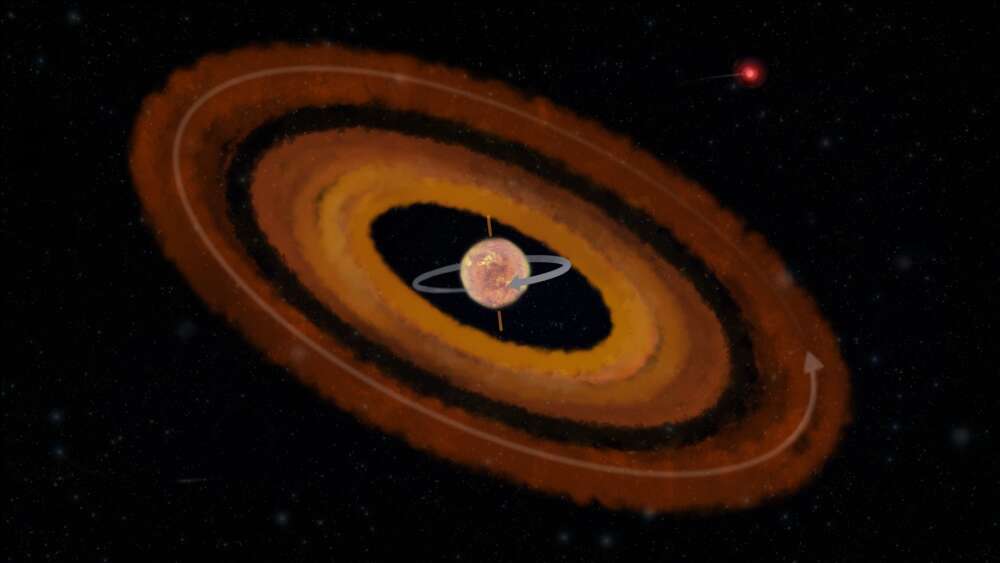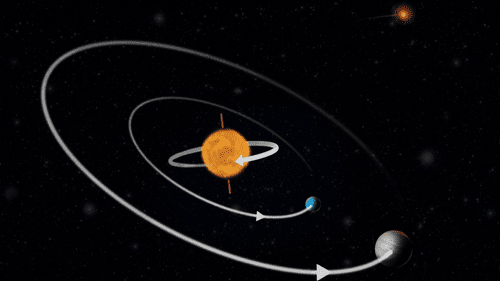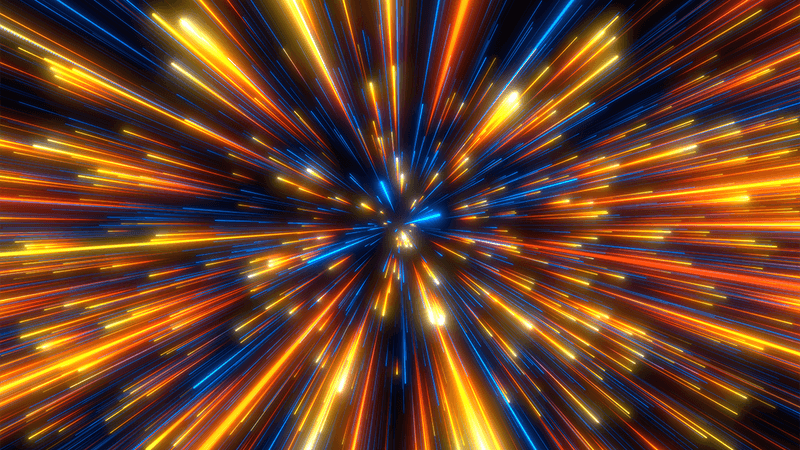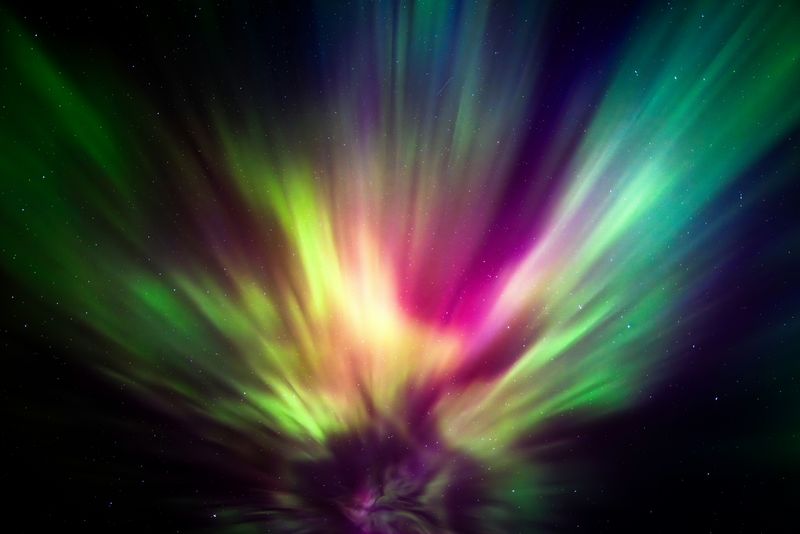Astronomers have come across a curious multi-planet system orbiting a star that doesn’t seem to have got the memo about which direction everyone is orbiting in.
It’s generally assumed that planets and their stars rotate in the same direction – after all, they come from the same spinning molecular cloud that allows them to form. However, scientists have described in PNAS a planetary system 897 light-years away where a star rotates in the opposite direction to its two planets. The paper is available on arXiv.
It’s not completely unheard of for stars to spin differently to their planets, but there are a couple of things that make this system unique. K2-290 is a three-star system with two planets orbiting its main star, K2-290 A. The first unusual thing is that K2-290 A’s rotational axis is 124 degrees, which means it’s basically spinning in the opposite direction to its planets. The other is that it’s spinning in the opposite direction to both its planets, as they are both orbiting on the same plane, which makes explaining this directional difference a little harder.
For context, in our Solar System, the Sun rotates on an axis roughly tilted 6 degrees compared with the planets’ orbits, so we're all going in the same direction.
“This isn't the first known case of a 'backwards' planetary system – the first ones were sighted more than 10 years ago,” Joshua Winn from Princeton University explained in a statement. “But this is a rare case in which we think we know what caused the drastic misalignment, and the explanation is different from what researchers have assumed might have happened in the other systems."

It’s widely assumed that a star and its protoplanetary disk – the spinning dense disk of gas and dust that forms around a young star where its planets form – start off aligned, with the star’s equator parallel to the disk plane. When we’ve seen a misalignment between a star’s rotation and the orbital motion of its planets, one proposal to explain it is that some kind of violent turbulence occurred when the star was forming. However, the fact that both planets orbit on the same plane suggests that it wasn't the star, but the disk that was affected here, the researchers suggest.
Another hypothesis is that a neighboring object may have the gravitational pull to throw planets out of whack, like a "hot Jupiter" that has the power to significantly alter the architecture of a planetary system. In theory, this can also be caused by a companion star, although of the two known misaligned multi-planet systems where the planets orbit on the same plane, a companion star has never been identified before. However, this is what the researchers think is happening here.
They propose that the gravitational torque from a distant companion star exerting its force on the planetary disk caused the misalignment for K2-290 A, essentially tilting the disk. K2-290 has three stars, so it's possible one of the others is to blame for this mayhem. The team suspects K2-290 B is a good candidate for causing the misalignment, exerting enough gravitational force to move the disk.
The researchers think not only could this be the first known example of this scenario actually playing out, but also offers up another configuration of planetary systems, meaning we can no longer assume that when we see misaligned systems, the star and its planetary disk were aligned in the first place.




